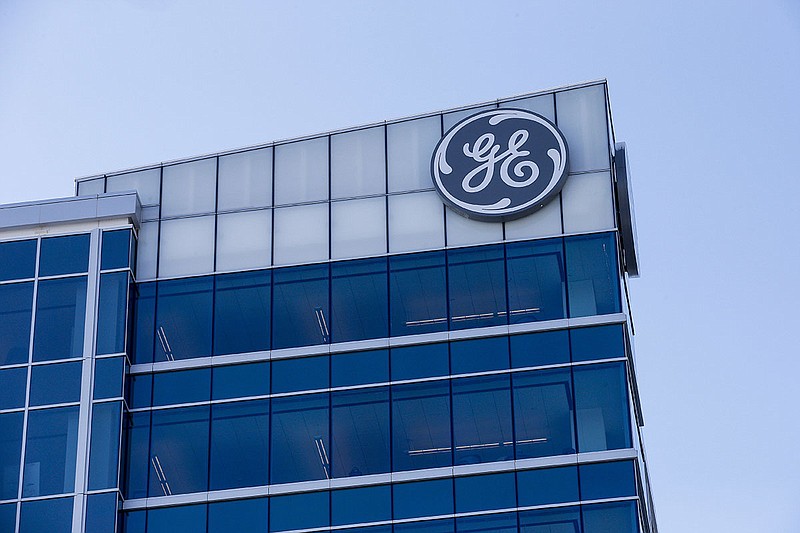In March 2017, Stephen R. Bolze, the president of General Electric's big power-generation business, led an upbeat presentation to analysts. "We have got an exciting story for you," he said.
The big power division, which delivered $27 billion in revenue and $5 billion in operating profit the previous year, would grow again in 2017.
But by the end of the year, the power business was in a tailspin - profit fell 88 percent in the fourth quarter. Bolze, once seen as a front-runner to succeed Jeffrey Immelt as chief executive, was out. So, too, was Immelt.
And early this month, Immelt's replacement, John Flannery, was ousted as well - just 14 months into the job - largely a casualty of the troubled power unit.
Recognizing the financial drag, GE announced Tuesday that it would slash its quarterly dividend to 1 cent a share from 12 cents a share starting next year. The move will save $3.9 billion in cash a year.
GE also said Tuesday that it would cut its power business in two - one division with its gas turbine generators and the other home to the rest of the business, including electric grids and steam generators.
In a statement, Lawrence Culp Jr., the new chief executive, said GE was a "fundamentally strong company with a talented team and great technology" but its financial performance had fallen "far from our full potential."
Culp said turning around the power business would be the top priority in his first 100 days.
In the third quarter, GE reported operating profit and revenue that were somewhat below Wall Street's expectations. At 14 cents a share, the company's operating profit per share trailed analysts' consensus forecast of 20 cents a share, compiled by Thomson Reuters.
Revenue of $29.6 billion - a 4 percent decline - was somewhat below the $29.9 billion average estimate of analysts.
In the quarter, the ailing power unit's revenue fell by 33 percent from a year earlier. The business lost $631 million, compared with a profit of $464 million in the year-ago quarter.
So what happened?
The answer, according to former GE managers and industry analysts, is a combination of a sharp market turn, a wayward acquisition and self-inflicted wounds.
